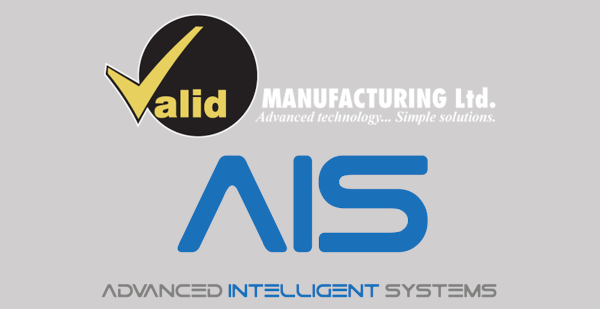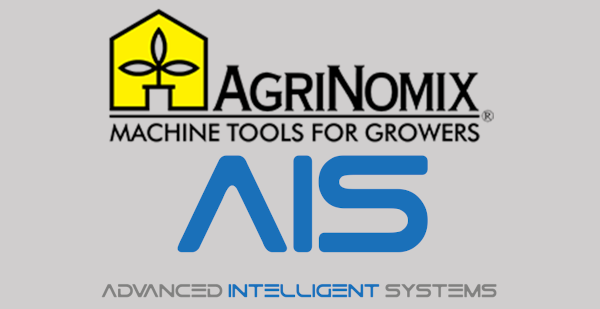Intellectual Property (IP) refers to an innovation of the mind, and as such it encompasses creative ideas permeating the worlds of art and commerce. Originality is its substance; teleology is its element.
IP represents a specific category of property comprising intangible products of intellect which fall into two broad categories.
- Industrial knowledge—examples include patents, trademarks and industrial designs, for which creators can file an application asking government to register innovations as their exclusive property.
- Copyrighted material—examples include literature, film, television programming, works of art, web content, software, music and architecture, the creation of which qualifies for automatic legal protection within most jurisdictions.
As the Fourth Industrial Revolution gains momentum, innovators are facing more competition as well as increased time constraints. R&D remains essential to progress, but the shrinking world of information exchange and the re-emergence of consumers as economic commanders has shifted productive efforts away from foundational research and toward optimizing Time To Market (TTM) metrics. The open innovation platforms of last century are yielding to lean business processes and open-source experimentation where both costs and benefits are shared among multiple stakeholders.
So how does a creator go about securing legal protection for their IP?
Capturing Intellectual Property
Before anyone can protect their invention, they must be able to represent the fundamental idea in a format that others will be able to comprehend and appreciate as unique. After first conceptualizing an idea, creators must then transfer what they have in mind to either an electronic or physical medium. This knowledge transfer might be something as simple as a sketch or an outline, though to be considered legally sufficient the content must be unambiguous enough that any subsequent observer can discern the underlying originality.
Trade secrets have become harder to keep in this era of leaks and breaches and phishing attacks. Unlike patents, trademarks or copyrights, there are no legal mechanisms by which innovators can designate a secret as their exclusive property, and because the vast majority of information leaks are caused by inadvertent behavior instead of any external attack, internal policies are essential for maximizing both theft prevention and the effectiveness of any necessary response.
Pending patents, trademarks and copyrighted works are also vulnerable secrets while under development. Cybersecurity best practices are still maturing, so an expedited process for securing the legal protection of inventions, designs and marks is important as a way to minimize risk. After capturing the essence of an original invention, forward thinking innovators consult qualified attorneys or agents for help in preparing a detailed application that they can file with regulatory offices to obtain a relevant patent or trademark.
Articulating details of Intellectual Property
Just as it is difficult to define the mind by using the very thing being defined, so too can original ideas be indeterminate without meaningful regulations to help both producers and consumers make sense of their rights and obligations. When two creators claim an idea as their own based on concurrent work that they have been undertaking independently, regulators will often recognize the claim from whichever of them was first to file for legal protection.
Timeliness is important, but perhaps the key step in applying for the protection of an invention is detailing an accurate depiction of what it is that the applicant wants protected. This process involves embellishing the captured idea, providing extra information to the extent that existing trade secrets are not compromised.
Proclaiming ownership of a complex innovation which no one else has encountered can be a daunting task. Many applicants for patents and trademarks enlist the help of experienced attorneys and agents.
- Attorneys are licensed professionals with training in the legislation regulating protections for innovative ideas, and can represent clients throughout the lifespan of a patent or trademark.
- Agents, while not licensed to practice law, can perform the same filing duties as attorneys, and the rates can be significantly less expensive.
Protecting Intellectual Property
As history has demonstrated, countries whose residents embrace market-based economies become more innovative and therefore more competitive amid the global economy. In China, for example, recent market reforms have encouraged lawmakers to take deliberate steps toward improving IP protections which inspire greater domestic innovation as well as trust among foreign trade partners. Whereas the most valuable patents of the 20th century emerged from developed countries like the USA, Japan and Germany, over the past few decades China has gone from “worst to first” regarding the protection of innovative ideas.
Still, it can be and does get debated whether a patent, trademark or copyright that is applicable within one jurisdiction will be recognized within another. International treaties exist, yet scofflaws try to take advantage of cross-jurisdictional contention and cultural divergence. One way for innovators to maximize the global protection of their ideas and inventions is to file applications with as many governments as diplomacy and budget will permit.
In tandem with legal protections, firms and individuals are relying more on technological solutions to help them manage their IP portfolios. Big Data and AI offer significant advantages for creators trying to head off counterfeiting and plagiarism, although a consequent gray area is assessing and acquiring protection for innovations that machines introduce to mankind.
Capitalizing Intellectual Property
People seek IP protection because they consider their ideas to be valuable. As with physical properties like real estate, buildings and equipment, investments in patents and trademarks become riskier without clear regulations that clarify differences between public and private goods.
Assessing IP value yields significant economic benefits. The reason firms acquire IP is not so much for purposes of proactive litigation as it is to establish ownership of intangible assets that might be transferable through license or sale. Proper valuation can enhance royalty rates and help to secure loans. Startups with an enticing portfolio can attract more investment. Business managers will even consider IP as potential bait for a lucrative exit strategy, an incentive for firms seeking to maximize their own portfolio of intellectual protection and production opportunity.
Indeed, IP-related industries in the USA make up over one-third of the country’s GDP, with an estimated value exceeding US$5.8 trillion. It pays to place an accurate value on every aspect of the information economy.
There are two analytic approaches to evaluating IP: quantitative and qualitative:
- Quantitative analysis entails measuring data and similar numerical evidence to formulate an estimation of a particular asset’s value.
- Qualitative analysis involves estimating the non-financial value of IP by way of rating it with regards to the brand loyalty it instills, its strategic impact on business imperatives, and similar metrics that can be measured without numbers.
Qualitative analyses, because they are non-financial in nature, are best used for internal purposes. The empirical evidence provided by quantitative analyses is, on the other hand, useful as a positive assertion of IP value when creators are seeking investments, loans, licensors or buyers.
Summary
There are many existing examples of Intellectual Property that generate wealth and expand economic potential. Even more IP assets are as yet unprotected, or are being kept as trade secrets at risk of being legally superseded, or remain undiscovered.
For those who have identified unique creations that they consider to be worthy of protection as certified property, keep in mind the following IP strategies:
- Assess which ideas, designs and inventions a government examiner might consider to be genuine Intellectual Property.
- Engage an attorney or an agent to verify the uniqueness of an invention, design or trademark and to act as representation during any subsequent application process.
- Perform due diligence and prior-art research regarding the possibility that someone else already filed IP protection claims for one or more of the assets under consideration.
- File applications with appropriate government agencies as soon as possible by submitting detailed accounts of the unique knowledge to be protected.
- Remember to keep all supplementary paperwork for successful filings current throughout the period during which protection is granted.
- Perform ongoing analyses of IP value using both quantitative and qualitative measures for purposes of facilitating revenue generation and possibly the sale of one asset, multiple assets, or an entire enterprise which controls them.









